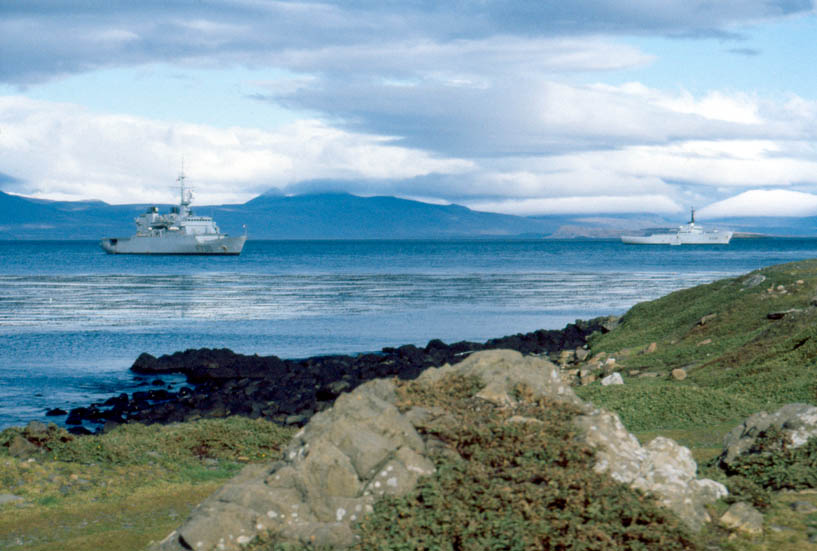Even before forensic engineers report back (Thornton Tomasetti of NYC is one) on the Indiana State Fair stage collapse, are there any lessons?
One item that caught my attention was on the TheatreSafety blog.
TheatreSafety points out that according to this chronology of events, 22 minutes passed between the collapse and when somebody shut off the electrical feed to the wreckage.
That time delay posed a substantial risk to the rescue that got underway immediately. Much of the collapsed structure was of conductive metal, intertwined with power cables, electrical hoists, spotlights, and video equipment that had been suspended from the fly system.
From Vincent Dunn's website on fireground safety, here's an expert view about why quick access to utility shutoffs is so important at emergency scenes:
“Explosions and structural collapse rip open walls, ceilings and floors of a structure. Live electric wires are threaded throughout the rubble, hanging dangerously in midair and laying around the ground. A collapse search and rescue plan must be put into action. This plan must include: safety survey and reconnaissance, surface search and rescue, void search, selected debris removal and general rubble removal. One of the most important parts of the first step of the collapse rescue plan is to shut off all the utilities such as water and electricity. Shutting off electric power can save the lives of searching firefighters and trapped victims in the collapse rubble."
Since some jurisdictions allow temporary outdoor stages to operate in a complete regulatory vacuum, it's likely there will be more collapses that trap entertainers, workers, and members of the audience. So somebody has to plan ahead on turning the power off.
The location of the circuit breaker must be well-marked and outside of the probable collapse radius. It's no help if the breaker panel is at the base of the debris field and can't be reached without someone being electrocuted on the way in.
How to pass along the information about the breaker panel? Signage is one way, but signs can be overlooked in the confusion of a disaster. Officials at some public buildings have combined a vital set of items in a single container at each site called the Crisis Response Box. The CRB is a set of building plans, keys, phone numbers, and other time-critical information assembled ahead of time that can save lives in an emergency. This CRB guidebook from California offers a relevant lessons-learned item from the 1999 attack at Columbine High School:
"During the incident at Columbine, no one was readily available who knew how to immediately turn off the sprinkler system. As a result, hallways quickly filled with water, making it difficult to escape. In some places, the water reached dangerous levels in proximity to the electrical outlets – water reaching such outlets could have caused many more injuries and possibly additional deaths."
For an historical example of why emergency shutoffs have to be thoughtfully located, see this account in Inviting Disaster of an ammunition fire aboard the battleship Liberté in Toulon Harbor.
In that 1911 crisis, a forward magazine of ammunition loaded with the volatile Poudre B composition caught fire spontaneously. A two-man crew had scant minutes to get to the bow and open seawater valves that would flood the magazine before the magazine would explode, but they found it impossible to reach the valves because some thoughtless person had located the flooding controls directly above the powder magazines. During the crew's third frantic try to breach the smoke and flames and reach the valves, the ship blew up.
Moral: as humans we're supposed to have the unique ability of anticipating the future and weighing actions we haven't taken yet. So apply that forebrain!








